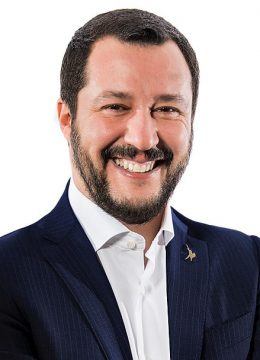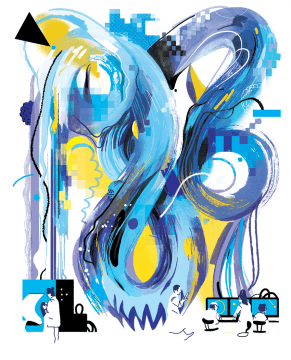 Matteo Pucciarelli in New Left Review:
Matteo Pucciarelli in New Left Review:
Italy has a new strongman—for many, a new saviour. The effective head of the government in Rome is not the titular Premier, Giuseppe Conte, nor the winner of the last election, Five Stars leader Luigi Di Maio. It is the Minister of the Interior, Matteo Salvini. As if overnight, a hitherto obscure municipal councillor from Milan, long-time militant in the separatist Northern League, has become the most powerful figure in the country. In just five years, a party that was a dilapidated political relic, with 3–4 per cent support in the polls, has become, in his hands, the pivot of Italian—and perhaps European—politics. There is a sense, however, in which the story of this astonishing transformation begins a long way off, not in time but space—in the wars and vast economic disparities that have driven millions of Africans and Asians across the Mediterranean in search of work, freedom and a little well-being, towards an affluent Europe that is ever more ageing, unequal and rancorous.
An otherwise normal February day in 2016 in a holding camp on the Greek-Macedonian border, in the middle of that year’s migrant emergency, offers a sense of this landscape. The hamlet of Idomeni lies among low hills, the jagged Balkans in the distance. Here, the double barbed wire of the government in Skopje attracts less attention than Orbán’s rolls of the same in Hungary, though—matter for guilt for some, merit for others—landing a single country with the consequences of a modern exodus. It is nearly supper-time, and seen from a distance the Greek camp, which holds about ten thousand refugees, is quiet, as if swallowed up in the darkness. But as you get closer, there is a souk and some children dancing to Syrian music.
More here.

 Joe Humphreys in The Irish Times:
Joe Humphreys in The Irish Times: Dan Bessner in The New Republic:
Dan Bessner in The New Republic: It’s the question on every cancer patient’s mind: How long have I got? Genomicist
It’s the question on every cancer patient’s mind: How long have I got? Genomicist